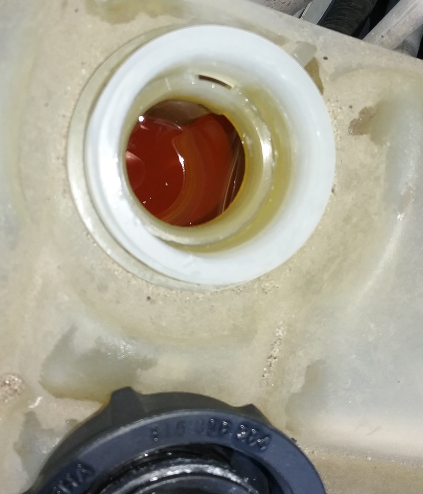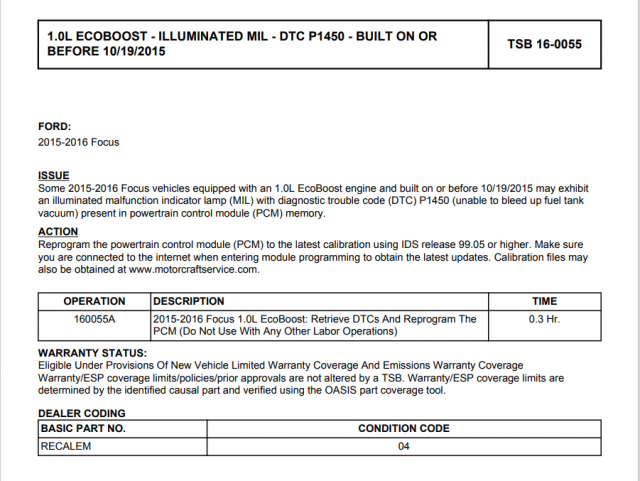The ECO boost motor demonstrated the issue of gasket warp or deformation while under load and if severe enough can blow gaskets. Too much intake-charge of air can cause the compression ratio to go beyond initially planned.
The TSB was from the EVAP system and its need to find vacuum in situations of low vacuum affecting draw of fumes for emission control. Turbos generate boost.
This is not unique to the turbo'd engines - happens even on NA's so the deformation and blowby from compression weakens the gasket and eventually will make them fail.
As far as level - take note of ambient air temp so you can find that cold motors versus hot or warm days - will affect coolant levels too.
Just to add some thoughts...
Right now, as I was re-reading this thread, I also took note of this...
A month ago I bought a 2017 ford fiesta 1.6l with 32k miles and not long after I got the dreaded P0303 and P0316 codes, engine misfire. I bought an OBD2 scanner, replaced the spark plugs and have driven perhaps 100 miles without seeing the code again.
I want to stop here for a moment...
This is a 2017 Fiesta - it's (over) 5 years old now, and with only 32K miles - those two codes?
P303 - read this carefully (From Engine Codes site) - you wanted to know about the plugs...
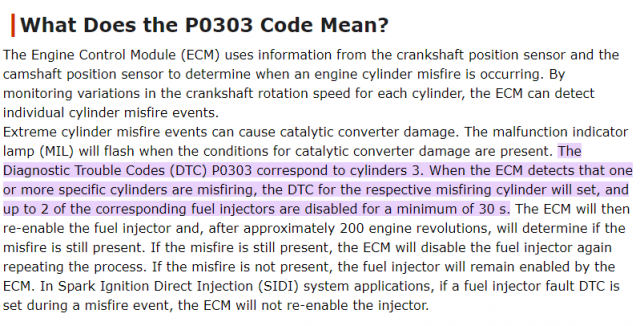
and also includes the P0316 code which is more serious
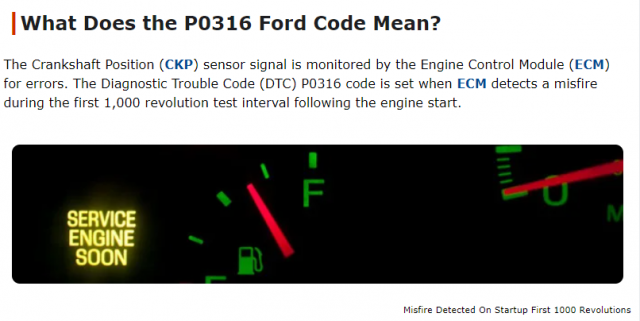
To help you understand this...
Your plugs - 3 of them are seemingly ok, but one is not - number 3 on cylinder #3.
That is the one with the "ash" and less use, which if the above codes are correctly identified by the vehicle PCM - then that means that the engine ran LEAN in an attempt to prevent catalytic converter damage.
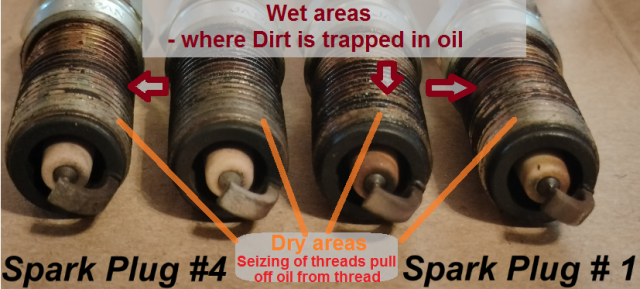
To have the above happen at 32K miles, makes me wonder how this got so wrong - so fast?
So, is the car actual 32K miles or are we looking at a rescue?
The plugs show overheating, the codes show misfire and then subsequent LEAN condition (intentional injector shutoff forcing lean condition on 1 plug) on cylinder 3 so the other 3 injectors and their plugs had to take up the difference. It would explain the darker fouling (carbon left behind of a RICH fuel condition washing the cylinder) but what caused the initial overheat code? (If there was one?)
Reasoning is this - the EVAP P1450 code was part of a system programming issue - meaning that the vacuum in one condition, that result is not the same as in another condition...

In the above wording - there are two events that this code shows up when they don't agree.
The keyword?
Not at Idle
So, this may indicate long idle, overrev - high speed driving - "rental car - Rent-A-Wreck" driving conditions.
Long idle with highway or high RPM activity and deceleration - generating high-vacuum during specific engine running times and long idle waits.
Sound familiar?
Like this?

For you to get this car - an S model - with only 32K miles might have been subjected to a lot of abuse by previous owners.
Might want to run the VIN and see whom - all of those - owned this vehicle before you.
To have low miles yet high temp overheat condition and the "galling" of the threads - there is oil on them, but their threads - much of the exposed threads are dry, not wet, shiny more like a varnish and if you look carefully - there are areas of thread that show LACK OF oil as a varnish but show another type of seizing or galling that happens when the plugs are subjected to high heat.
Where the "Varnish" the oil on that section of thread - released from the side of the cylinder head - so it accumulated on the threads of the plug - that's that "dry" part - when you removed the threads, that backing out - unthreading - released some of the dirt collected onto the threads of the plug and stuck to it threads instead of falling in or adhering to the cylinder head threaded side.
Which raises the question of "are these for real"? Then, that answer - if it's true, the vehicle was subjected to a lot of heat during the 32K miles before you got it to get to this point - on top of the fact, that the Plug 3 was damaged to a point of misfire during this time, before you got it; and if that, for how long?
Couint your lucky stars you rescued this one from an early demise.
